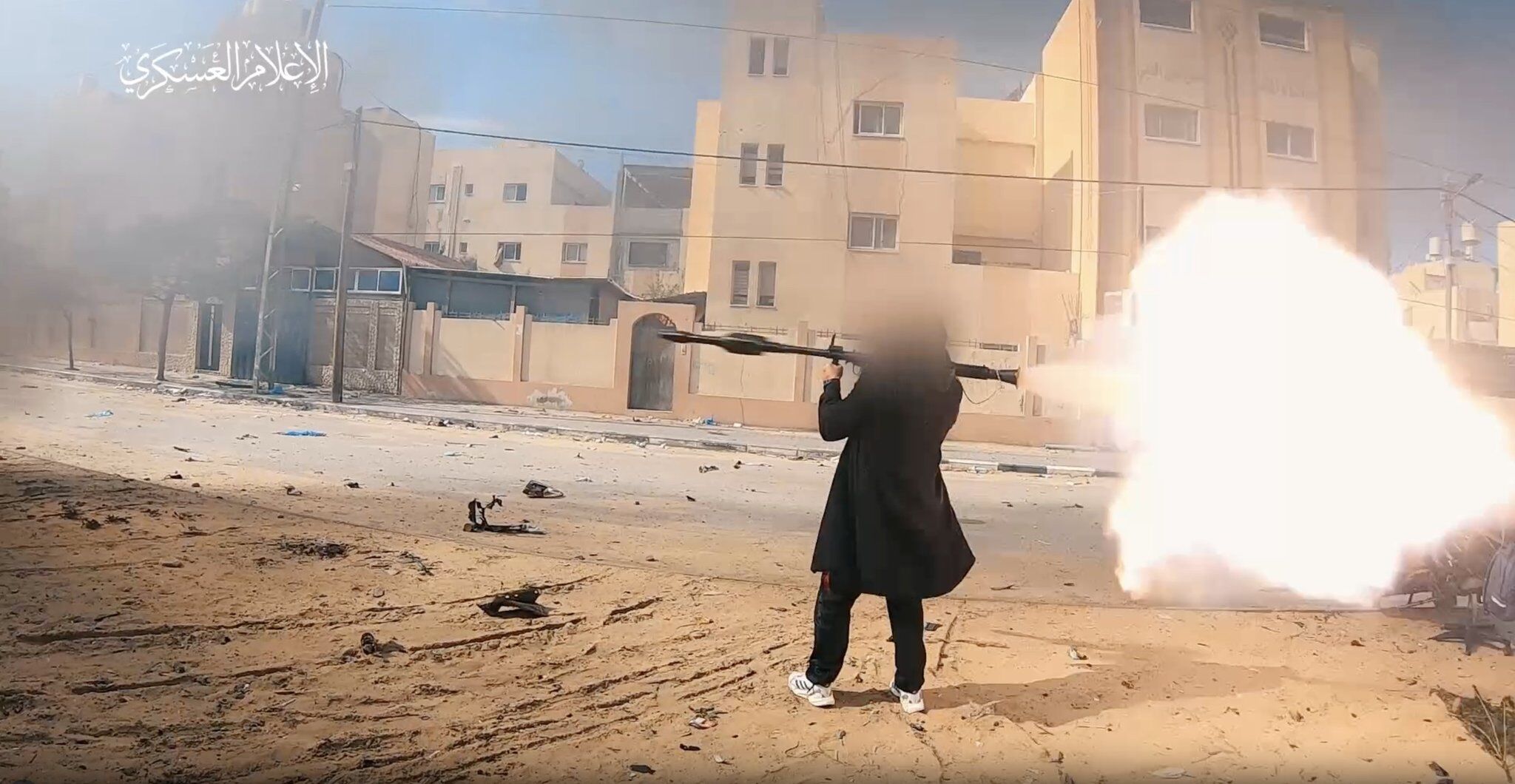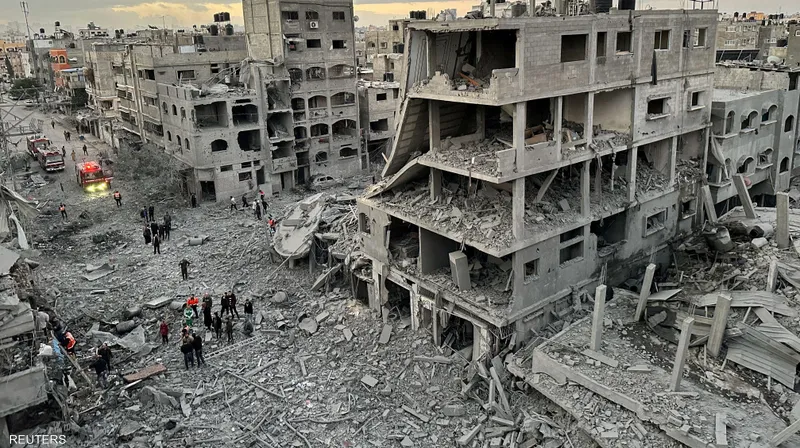
Military expert Colonel Hatem Al-Falahi believes the axes of Al-Zeitoun neighborhood (southeast of Gaza City) and Tal Al-Hawa (southwest of Gaza City) are continually active with Palestinian groups putting up stiff resistance there and explains why the Israelis are faltering in their military operations in those areas.
Colonel Al-Falahi of Al Jazeera Satellite Channel made this observation as he commented on the joint operation between Al Jihad’s Saraya Al Quds and the Hamas Al-Qassam Brigades which led to the sniping of an Israeli soldier in the Al-Zeitoun neighborhood.
As per Saraya Al-Quds video, it showed because the Israeli army is fighting from inside buildings, none of its soldiers are able to stick their heads out of the window and/or show their bodies completely.
In contrast, Colonel Al-Falahi says in an analysis of the military scene – the resistance groups are fighting from areas very close to the occupation army.
He said the recent military operations carried out by the resistance show that the cooperation between the Palestinian factions have become great, especially between the two Islamists groups: Qassam Brigades and Saraya Al-Quds; adding this means they are work together as one unit and there is a joint operations room that coordinates the different military activities.
Sniper operations
Al-Falahi believes sniper operations have a very large impact, in terms of subject and psychology, on the occupation forces. He pointed out these are precise operations carried out against Israeli officers at high levels.
Colonel Al-Falahi recalled a previous report by the Hebrew daily Yedioth Ahronoth, which revealed that the Israeli army monitored the work of Palestinian snipers for 70 hours in the past and concluded a sniper in the Qassam Brigades and the rest of the factions take two or three days to monitor the target.
The daily stated these snipers have the capability to monitor their targets accurately, also concluding that snipers do not carry weapons during their movements, but rather, there are specific points where these are located in.
He pointed out snipers had a very large role in inflicting heavy losses on the occupation army in its war on the Gaza Strip, and added that at least 100 sniper operations have been carried out so far by Palestinian resistance fighters in the Gaza Strip.
The military and strategic expert confirmed that the resistance operations are still ongoing in Gaza, and the “sniper’s rifle” will remain operational for a long time, and the occupation army will not be able to remain in these areas no matter how much capabilities it has.
Resistance factions are fighting fierce battles with the Israeli occupation forces in different areas of Gaza. They have managed to kill Israeli soldiers in ambushes and clashed with them in the combat axes in the Zeitoun neighborhood in Gaza City, the center and southern part of the Strip according to the Palestine Information Center.


 : 'Al-Quds Brigades' and Al-Qassam Brigades (
: 'Al-Quds Brigades' and Al-Qassam Brigades ( AM-50 'Sayyad' / 'Ghoul 12.7mm' anti-materiel sniper rifle to carry out the attack.
AM-50 'Sayyad' / 'Ghoul 12.7mm' anti-materiel sniper rifle to carry out the attack.  Tanahku Terlarang Untukmu, Kalian Pasti Akan Pergi
Tanahku Terlarang Untukmu, Kalian Pasti Akan Pergi Pasukan Hamas merilis video dg judul 'Tanahku Terlarang Untukmu, Kalian Pasti Akan Pergi' yg menunjukkan kompilasi aksi dr sniper Hamas dlm mengeleminasi pasukan IDF dg senapan runduk Al-Ghoul.
Pasukan Hamas merilis video dg judul 'Tanahku Terlarang Untukmu, Kalian Pasti Akan Pergi' yg menunjukkan kompilasi aksi dr sniper Hamas dlm mengeleminasi pasukan IDF dg senapan runduk Al-Ghoul. Rabu, 28 Aug 2024
Rabu, 28 Aug 2024 Gaza
Gaza 





